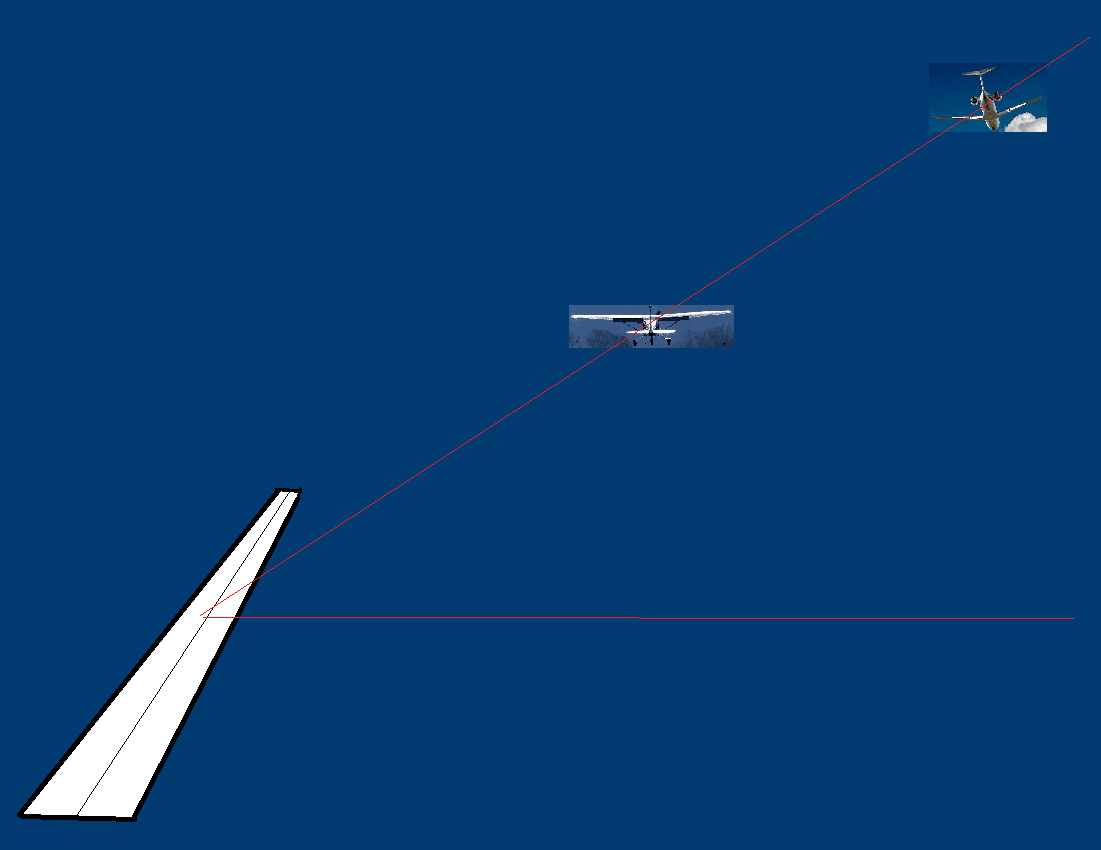NoHeat
En-Route
I can't find anything in the FAA books that says how far from the runway a turbine will normally fly, on the downwind leg. I can only find this, in the AFH:
But if a turbine can fly 1500' AGL and 200 KIAS in the downwind, it's gotta need a wider base, right?
I'm wondering how just how wide is typical, after seeing an Embraer 450 landing in front of me - it flew a downwind that was 2.8 miles wide (I measured it using this track on the FlightAware).

The downwind leg is a course flown parallel to the landing runway, but in a direction opposite to the intended landing direction. This leg is flown approximately 1/2 to 1 mile out from the landing runway and at the specified traffic pattern altitude.
But if a turbine can fly 1500' AGL and 200 KIAS in the downwind, it's gotta need a wider base, right?
I'm wondering how just how wide is typical, after seeing an Embraer 450 landing in front of me - it flew a downwind that was 2.8 miles wide (I measured it using this track on the FlightAware).







